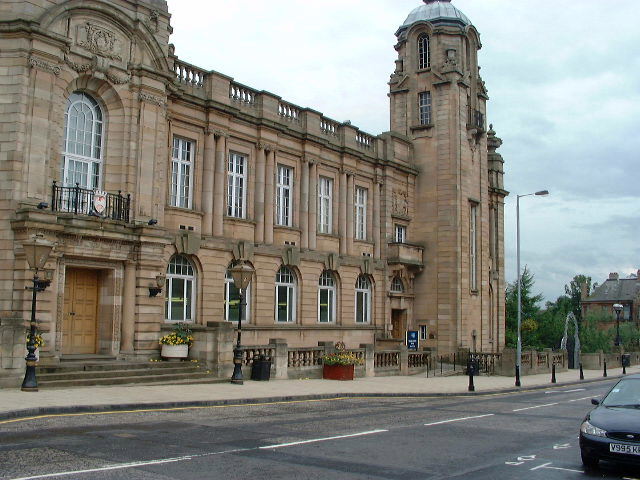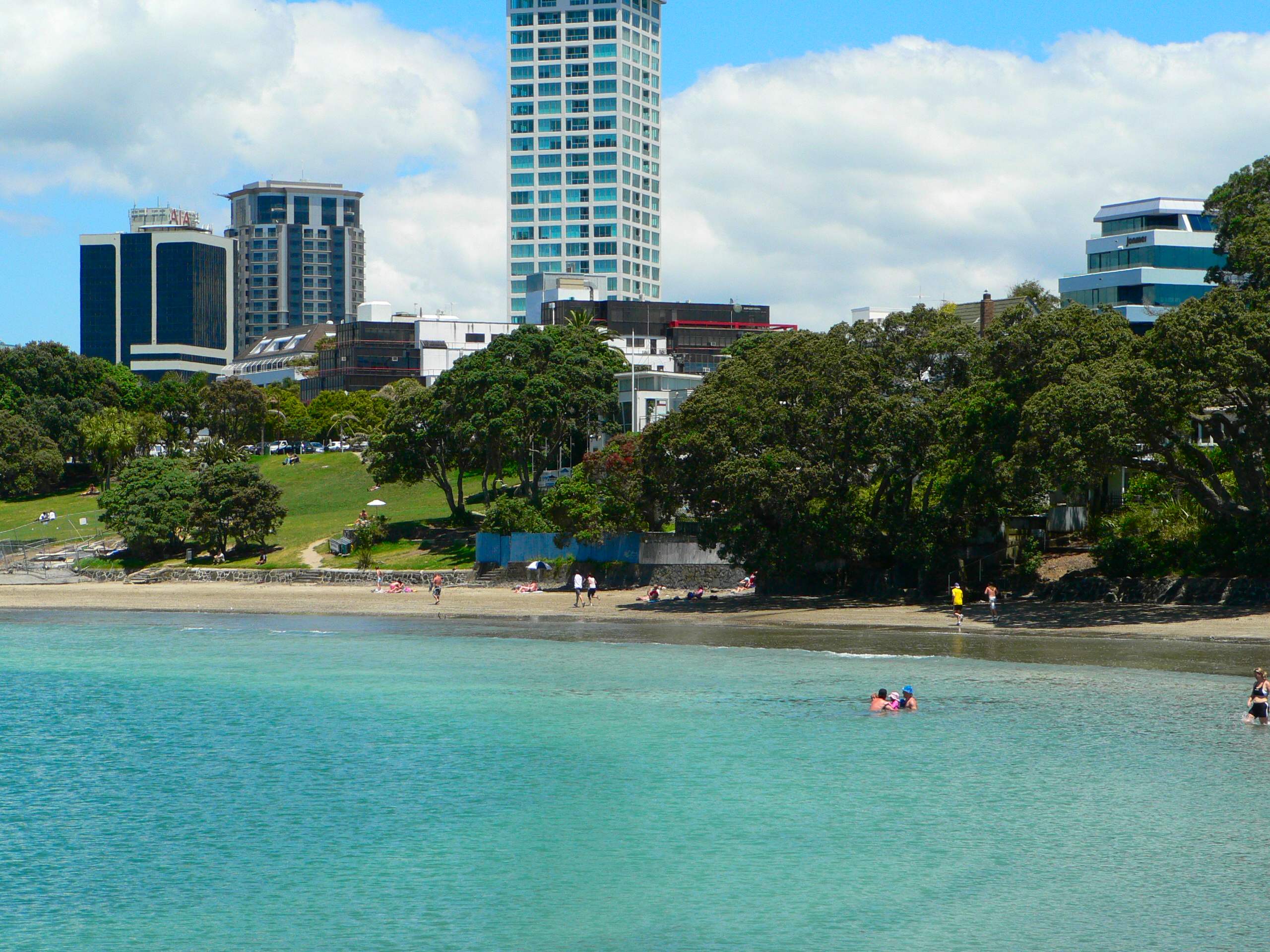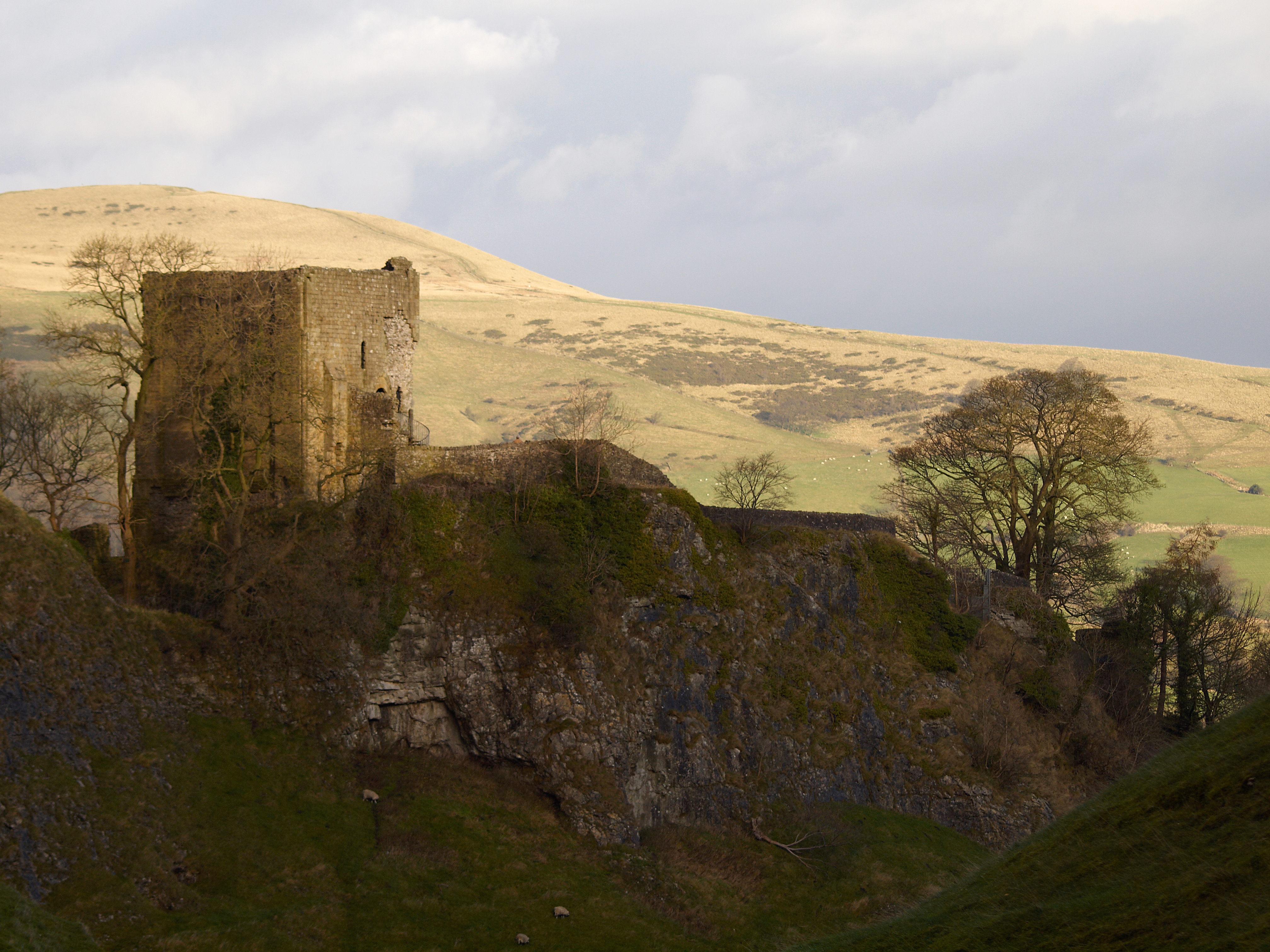|
Earnock
Earnock was an ancient estate in an area south of Hamilton in Lanarkshire, Scotland. It extended from the western side of Strathaven Road to the western extremity of the Parish of Hamilton. Etymology Sir John Sinclair's Statistical Account of Scotland attributes Earnock to the Celtic ''Earnogg'', “the old son’s possessions” (Sinclair 1791) while Stothers suggests alternatively ‘Ireland’ (Stothers nd). James Johnston's ''Place-names of Scotland'' postulates a Gaelic etymology, from ''earr an achaidh'' "end/boundary of the field". (Johnston 1892) History Earnock was originally part of the grant of Cadzow to Walter fitz Gilbert (progenitor of the Hamiltons of Cadzow) in 1314. It was received by the progenitor of the Roberton family, Robert de Robertoun, by feudal charter from either Malcolm IV or William I between 1160-1200 (Beverage nd) The Robertouns were feudal Lairds of Earnock from prior to 1226 – 1296 and 1390 - c 1700. ( The family were dispossessed for ... [...More Info...] [...Related Items...] OR: [Wikipedia] [Google] [Baidu] |
Hamilton, South Lanarkshire
Hamilton ( sco, Hamiltoun; gd, Baile Hamaltan ) is a large town in South Lanarkshire, Scotland. It serves as the main administrative centre of the South Lanarkshire council area. It sits south-east of Glasgow, south-west of Edinburgh and north of Carlisle. It is situated on the south bank of the River Clyde at its confluence with the Avon Water. Hamilton is the county town of the historic county of Lanarkshire and is the location of the headquarters of the modern local authority of South Lanarkshire. The town itself has a population of around 55,000, which makes it the 8th largest settlement in Scotland. It forms a large urban area with nearby towns of Blantyre, Motherwell, Larkhall and Wishaw. History The town of Hamilton was originally known as Cadzow or CadyouHamilton's royal past ... [...More Info...] [...Related Items...] OR: [Wikipedia] [Google] [Baidu] |
Cadzow
Hamilton ( sco, Hamiltoun; gd, Baile Hamaltan ) is a large town in South Lanarkshire, Scotland. It serves as the main administrative centre of the South Lanarkshire council area. It sits south-east of Glasgow, south-west of Edinburgh and north of Carlisle. It is situated on the south bank of the River Clyde at its confluence with the Avon Water. Hamilton is the county town of the historic county of Lanarkshire and is the location of the headquarters of the modern local authority of South Lanarkshire. The town itself has a population of around 55,000, which makes it the 8th largest settlement in Scotland. It forms a large urban area with nearby towns of Blantyre, Motherwell, Larkhall and Wishaw. History The town of Hamilton was originally known as Cadzow or CadyouHamilton's royal past< ... [...More Info...] [...Related Items...] OR: [Wikipedia] [Google] [Baidu] |
Thomas Cochrane, 10th Earl Of Dundonald
Thomas Cochrane, 10th Earl of Dundonald, Marquess of Maranhão (14 December 1775 – 31 October 1860), styled Lord Cochrane between 1778 and 1831, was a British naval flag officer of the Royal Navy, mercenary and Radical politician. He was a successful captain of the Napoleonic Wars, leading Napoleon to nickname him french: le Loup des Mers, lit=the Sea Wolf, label=none. He was successful in virtually all of his naval actions. He was dismissed from the Royal Navy in 1814 after a controversial conviction for fraud on the Stock Exchange. He helped organise and lead the rebel navies of Chile and Brazil during their respective successful wars of independence through the 1820s. While in charge of the Chilean Navy, Cochrane also contributed to Peruvian independence through the Freedom Expedition of Perú. He was also hired to help the Greek Navy, but did not have much impact. In 1832, he was pardoned by the Crown and reinstated in the Royal Navy with the rank of Rear-Admiral of the ... [...More Info...] [...Related Items...] OR: [Wikipedia] [Google] [Baidu] |
Roberton,Lanarkshire
Roberton is a village in South Lanarkshire, Scotland. Origins The origins of the town of Roberton are intertwined with those of the Robertons of that Ilk, Earnock, Bedlay, and Lauchope. Black 1965 describes the etymology as literally 'the Town of Robert'. This Robert was brother of Lambin Asa, who was the progenitor of the Earls of Loddon and Lamington. Ritchie 1954, Reid 1928 and Grant 2007 assert the origins of Robert as a Flemish feudal vassal of Baldwin of Biggar. It is first mentioned in a charter by Wice of Wiston tything it to Malcolm IV ( Reid 1928). Grant dates ‘Robert, brother of Lambin’ as the first lord c.1157. Brother of Lambin Asa The Chartulary of Kelso gives Robert as the brother of Lambyn Asa who was the Laird of Lesmahagow. Lambyn appears to have held lands in and around Lesmahagow (the regal barony), including what became the barony of Lamington, alongside William Comyn at or around the time the grant of Lesmahagow was made to the Abbey of Ke ... [...More Info...] [...Related Items...] OR: [Wikipedia] [Google] [Baidu] |
David Fitz Walter Of Cadzow
Sir David fitz Walter of Cadzow or David fitz Walter fitz Gilbert de Hameldone, 2nd Laird of Cadzow (bef. 1346 – bef. 1378) was a Scottish nobleman. The son of Walter fitz Gilbert of Cadzow, he succeeded his father as Baron of Cadzow before 1346, when he was captured at the Battle of Neville's Cross. He was considered an important enough captive to be held by William Zouche, Archbishop of York, under special terms that he not be released, except under command of Edward III of England. He is thought to have been knighted prior to the battle. The next reference to David fitz Walter is in 1361 when he endowed Glasgow Cathedral with a Chaplainry. In 1368, he received confirmation from the King, David II, of his patrimonial Lands of Cadzow and elsewhere, with the addition of the lands and tenantry of Eddlewood. David fitz Walter took part in the sittings of the Parliament of Scotland in 1371 and 1373, the latter to confirm John Stewart, Earl of Carrick and his successors as heir ... [...More Info...] [...Related Items...] OR: [Wikipedia] [Google] [Baidu] |
William I Of Scotland
William the Lion, sometimes styled William I and also known by the nickname Garbh, "the Rough"''Uilleam Garbh''; e.g. Annals of Ulster, s.a. 1214.6; Annals of Loch Cé, s.a. 1213.10. ( 1142 – 4 December 1214), reigned as King of Scots from 1165 to 1214. His 48-year-long reign was the second longest in Scottish history, and the longest for a Scottish monarch before the Union of the Crowns in 1603. Early life William was born around 1142, during the reign of his grandfather King David I of Scotland. His parents were the king's son Henry and Ada de Warenne. William was around 10 years old when his father died in 1152, making his elder brother Malcolm the heir apparent to their grandfather. From his father, William inherited the Earldom of Northumbria. David I died the next year, and William became heir presumptive to the new king, Malcolm IV. In 1157, William lost the Earldom of Northumbria to Henry II of England. Reign Malcolm IV did not live for long, and upon his death on 9 D ... [...More Info...] [...Related Items...] OR: [Wikipedia] [Google] [Baidu] |
Buildings And Structures In South Lanarkshire
A building, or edifice, is an enclosed structure with a roof and walls standing more or less permanently in one place, such as a house or factory (although there's also portable buildings). Buildings come in a variety of sizes, shapes, and functions, and have been adapted throughout history for a wide number of factors, from building materials available, to weather conditions, land prices, ground conditions, specific uses, prestige, and aesthetic reasons. To better understand the term ''building'' compare the list of nonbuilding structures. Buildings serve several societal needs – primarily as shelter from weather, security, living space, privacy, to store belongings, and to comfortably live and work. A building as a shelter represents a physical division of the human habitat (a place of comfort and safety) and the ''outside'' (a place that at times may be harsh and harmful). Ever since the first cave paintings, buildings have also become objects or canvasses of much artistic ... [...More Info...] [...Related Items...] OR: [Wikipedia] [Google] [Baidu] |
Takapuna
Takapuna is a suburb located on the North Shore of Auckland, New Zealand. The suburb is situated at the beginning of a south-east-facing peninsula forming the northern side of the Waitematā Harbour. While very small in terms of population, it was the seat of the North Shore City Council before amalgamation into Auckland Council in 2010 and contains substantial shopping and entertainment areas, acting as a CBD for the North Shore. History The Māori place name Takapuna originally referred to a freshwater spring that flowed from the base of North Head into a swamp behind Cheltenham Beach. In 1841 the wife of Eruera Maihi Patuone sold 9500 acres of Auckland's North Shore to the Crown. Referred to as Takapuna Parish, the North Shore was surveyed and subdivided in 1844. In 1851 Governor Grey gifted back to Patuone 110 acres between the inlet beside Barry's Point Road and Takapuna Beach to use until his death (1872). This area included a Māori settlement known as Waiwharariki ... [...More Info...] [...Related Items...] OR: [Wikipedia] [Google] [Baidu] |
New Zealand
New Zealand ( mi, Aotearoa ) is an island country in the southwestern Pacific Ocean. It consists of two main landmasses—the North Island () and the South Island ()—and over 700 smaller islands. It is the sixth-largest island country by area, covering . New Zealand is about east of Australia across the Tasman Sea and south of the islands of New Caledonia, Fiji, and Tonga. The country's varied topography and sharp mountain peaks, including the Southern Alps, owe much to tectonic uplift and volcanic eruptions. New Zealand's capital city is Wellington, and its most populous city is Auckland. The islands of New Zealand were the last large habitable land to be settled by humans. Between about 1280 and 1350, Polynesians began to settle in the islands and then developed a distinctive Māori culture. In 1642, the Dutch explorer Abel Tasman became the first European to sight and record New Zealand. In 1840, representatives of the United Kingdom and Māori chiefs ... [...More Info...] [...Related Items...] OR: [Wikipedia] [Google] [Baidu] |
Glasgow
Glasgow ( ; sco, Glesca or ; gd, Glaschu ) is the most populous city in Scotland and the fourth-most populous city in the United Kingdom, as well as being the 27th largest city by population in Europe. In 2020, it had an estimated population of 635,640. Straddling the border between historic Lanarkshire and Renfrewshire, the city now forms the Glasgow City Council area, one of the 32 council areas of Scotland, and is governed by Glasgow City Council. It is situated on the River Clyde in the country's West Central Lowlands. Glasgow has the largest economy in Scotland and the third-highest GDP per capita of any city in the UK. Glasgow's major cultural institutions – the Burrell Collection, Kelvingrove Art Gallery and Museum, the Royal Conservatoire of Scotland, the Royal Scottish National Orchestra, Scottish Ballet and Scottish Opera – enjoy international reputations. The city was the European Capital of Culture in 1990 and is notable for its architecture, cult ... [...More Info...] [...Related Items...] OR: [Wikipedia] [Google] [Baidu] |
English Language
English is a West Germanic language of the Indo-European language family, with its earliest forms spoken by the inhabitants of early medieval England. It is named after the Angles, one of the ancient Germanic peoples that migrated to the island of Great Britain. Existing on a dialect continuum with Scots, and then closest related to the Low Saxon and Frisian languages, English is genealogically West Germanic. However, its vocabulary is also distinctively influenced by dialects of France (about 29% of Modern English words) and Latin (also about 29%), plus some grammar and a small amount of core vocabulary influenced by Old Norse (a North Germanic language). Speakers of English are called Anglophones. The earliest forms of English, collectively known as Old English, evolved from a group of West Germanic (Ingvaeonic) dialects brought to Great Britain by Anglo-Saxon settlers in the 5th century and further mutated by Norse-speaking Viking settlers starting in the 8th and 9th ... [...More Info...] [...Related Items...] OR: [Wikipedia] [Google] [Baidu] |
Malcolm IV Of Scotland
Malcolm IV ( mga, Máel Coluim mac Eanric, label=Medieval Gaelic; gd, Maol Chaluim mac Eanraig), nicknamed Virgo, "the Maiden" (between 23 April and 24 May 11419 December 1165) was King of Scotland from 1153 until his death. He was the eldest son of Henry, Earl of Huntingdon and Northumbria (died 1152) and Ada de Warenne. The original Malcolm Canmore, a name now associated with his great-grandfather Malcolm III (Máel Coluim mac Donnchada), succeeded his grandfather David I, and shared David's Anglo-Norman tastes. Called Malcolm the Maiden by later chroniclers, a name which may incorrectly suggest weakness or effeminacy to modern readers, he was noted for his religious zeal and interest in knighthood and warfare. For much of his reign he was in poor health and died unmarried at the age of twenty-four. Accession Earl Henry, son and heir of King David I of Scotland, had been in poor health throughout the 1140s. He died suddenly on 12 June 1152. His death occurred in either N ... [...More Info...] [...Related Items...] OR: [Wikipedia] [Google] [Baidu] |






